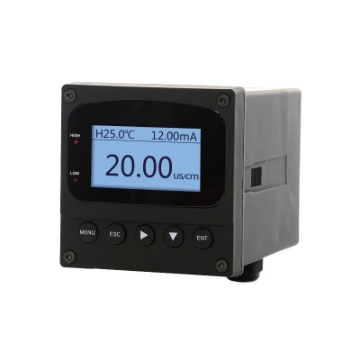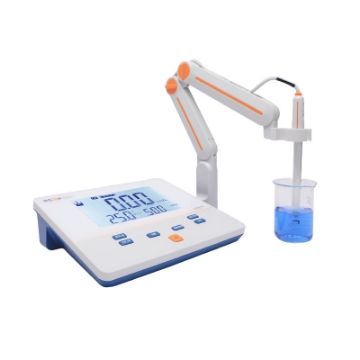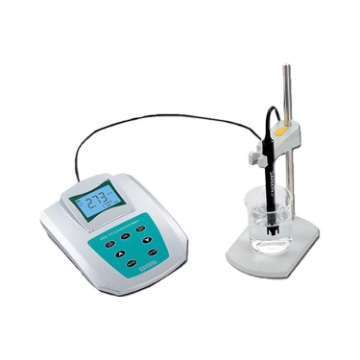Conductivity Meters
Conductivity Meter for Online Measurement, 4-20mA/RS485
Electrical Conductivity Meter, 200mS/cm, 100~240V AC
Water Conductivity Meter, 200mS/cm, DC 9V
Digital Conductivity Meter for Liquid, EC/ER/TDS
Portable Water Conductivity Meter, 9V battery
PH and Conductivity Meter, TDS/Salinity, 220V AC
Conductivity is a physical quantity that measures the ability of a material to conduct electricity. It is usually represented by the Greek letter σ and its unit is S/m. It is the reciprocal of conductivity (the ratio of current to voltage), that is, the reciprocal of resistivity. It is often used to describe the ability of a material per unit length and per unit cross-sectional area to conduct current. Materials with high conductivity are easy to conduct electricity, while materials with low conductivity are not easy to conduct electricity.
The size of conductivity mainly depends on the properties of the material. For example, the conductivity of pure metals is relatively high. This is because there are a large number of free electrons in the metal that can move, so the current conduction efficiency is high. The conductivity of semiconductors is between conductors and insulators and is greatly affected by factors such as temperature, light, and doping. Temperature, impurity content, and other factors will also have an impact. For metal conductors, as the temperature increases, the lattice vibration increases, hindering the movement of free electrons and causing the conductivity to decrease. For semiconductors, when the temperature rises, more bound electrons gain energy and become free electrons, increasing the conductivity. In solid semiconductors, an increase in the degree of doping will lead to the generation of more carriers, thereby increasing the conductivity. In aqueous solutions, an increase in the concentration of solutes means that more ions are available to conduct electricity, so the conductivity increases.
The conductivity meter is a special instrument for measuring the conductivity of liquids. sisco conductivity meters can be divided into online conductivity meters (for field) and portable conductivity meters (for laboratory). According to the conductivity constant to select the matching conductivity electrode, the measuring range of the conductivity tester is 0~200mS/cm.
A portable conductivity tester has multi-range measurement and temperature compensation functions, which can meet the measurement requirements of various liquids such as deionized water, purified water, tap water, and seawater. At present, electrical conductivity meters have been widely used in online conductivity measurement and wastewater treatment processes in power plants, water plants, papermaking, chemical, metallurgy, food, pharmaceutical, and other industries.







